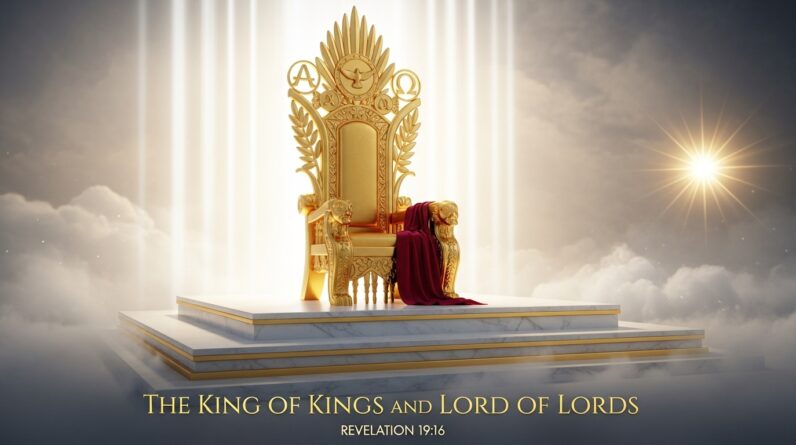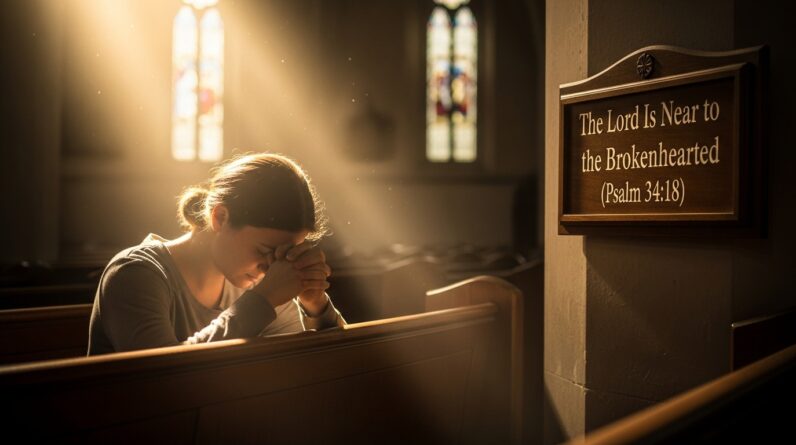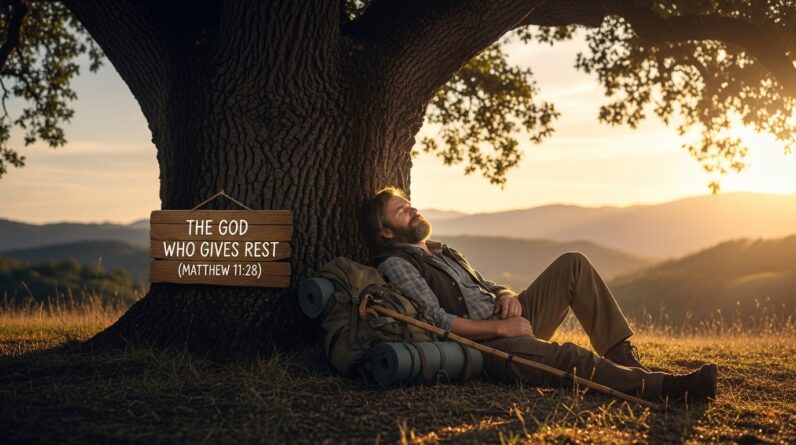Explore the story of Cain and Abel in Genesis to uncover deep lessons on jealousy and redemption, with historical and cultural insights for personal and spiritual growth.
In the story of Cain and Abel from Genesis 4:8-16, you find a powerful lesson on the destructive effects of jealousy and the potential for redemption. As you explore this passage, you’ll uncover historical and cultural insights that bring the narrative to life, helping you to understand the deep-seated emotions and actions of these two brothers. By the end of this article, you’ll have gained valuable lessons that not only shed light on the significance of this early biblical tale but also offer practical applications for your own life, inspiring you to reflect on your relationships and choices.
Cain and Abel in Genesis: A Lesson on Jealousy and Redemption
Ever opened the Bible and stumbled upon the story of Cain and Abel? It’s one that’s as old as time, yet resonates through the ages—especially when it comes to emotions as deeply human as jealousy and the hope for redemption. By diving into this poignant tale, you’ll discover layers of meaning that can offer guidance and insight into your own life. So let’s take a walk together through Genesis 4:8-16 and explore what you can learn from this ancient narrative.

Purpose and Goal
The purpose of this article is simple yet profound: to provide you with a deeper understanding of the story of Cain and Abel and to illuminate the themes of jealousy and redemption. By the end of this article, you’ll not only grasp the historical and spiritual significance of their tale but also see how it applies to your own life. Our hope is that you’ll feel inspired to reflect on your own experiences and perhaps find a path to healing and growth.
Scripture Passage
Let’s start by quoting the passage we’ll be examining closely: Genesis 4:8-16. This biblical story begins with Cain’s jealousy towards his brother Abel and leads to tragic consequences that reverberate far beyond their family. Here’s a brief excerpt to set the stage:
“And Cain said to Abel his brother, ‘Let us go out to the field.’ And when they were in the field, Cain rose up against his brother Abel and killed him. Then the Lord said to Cain, ‘Where is Abel your brother?’ He said, ‘I do not know; am I my brother’s keeper?’ And the Lord said, ‘What have you done? The voice of your brother’s blood is crying to me from the ground.’”
Background Information
Historical Context
To understand this story better, it’s essential to delve into its historical and cultural setting. Set in the earliest days of humanity, this tale is often viewed as a microcosm of larger human behaviors and societal issues. The agricultural backdrop, in which Cain is a farmer and Abel is a shepherd, highlights the early divisions of labor and societal roles. This setting also speaks to the struggles and rivalries that can arise from the most basic aspects of human life.
Author and Audience
The Book of Genesis is traditionally attributed to Moses and is initially addressed to the Israelites. However, its themes are universally relatable, making it timeless. The story of Cain and Abel speaks to the human condition and morality, issues pertinent to any audience throughout history.
Content Analysis
Verse-by-Verse Commentary
Let’s break down this passage to understand its deeper meanings.
- Genesis 4:8: Cain’s envy festers, and he invites Abel to the field under false pretenses. This verse introduces the central conflict, showing how internal emotions can lead to external actions.
- Genesis 4:9: God’s question to Cain serves as a moral examination. Cain’s response, “Am I my brother’s keeper?” echoes through the ages, forcing us to confront our responsibilities toward one another.
- Genesis 4:10-12: These verses lay out the consequences of Cain’s actions. God’s words mirror the gravity of the sin, emphasizing that Abel’s blood has a voice, demanding justice.
- Genesis 4:13-14: Cain’s response reveals his fear and guilt, highlighting the internal consequences of his actions. His punishment shifts from retribution to exile, marking the first example of God’s judgment for personal sin.
- Genesis 4:15-16: Despite Cain’s sin, God marks him to protect him from others, hinting at the theme of redemption and the complexity of divine justice.
| Verse | Key Themes | Insights |
|---|---|---|
| Genesis 4:8 | Jealousy, Deception | Internal emotions can lead to destructive actions |
| Genesis 4:9 | Responsibility, Accountability | Our responsibilities to others |
| Genesis 4:10-12 | Justice, Consequences | Sin’s far-reaching impact |
| Genesis 4:13-14 | Guilt, Fear | Internal consequences of sin |
| Genesis 4:15-16 | Protection, Redemption | Complexity of divine justice |
Cross-References
By looking at other verses, you can see how this story fits into the broader biblical narrative. For example, Hebrews 11:4 praises Abel’s faith and sacrifice, while 1 John 3:12 warns against the sin of Cain. These cross-references enrich our understanding of Cain and Abel by placing their story within the larger tapestry of Scripture.
Lessons to Learn
The story of Cain and Abel teaches crucial life lessons. It’s about the dangers of jealousy, the importance of personal responsibility, and the possibility of redemption even after committing grave mistakes. These lessons can serve as moral and spiritual guidelines in our daily lives.

Themes and Key Concepts
Main Themes
- Jealousy: Cain’s jealousy of his brother’s favor with God leads to tragic consequences. Jealousy, unchecked, can destroy relationships and lives.
- Responsibility: The question, “Am I my brother’s keeper?” forces readers to consider their responsibilities towards others.
- Divine Justice and Redemption: God’s response to Cain’s sin includes elements of justice and mercy, providing a nuanced view of divine judgment.
Key Concepts
- Free Will: Cain’s actions remind us of the importance and consequences of our choices.
- Moral Responsibility: Cain’s question to God underscores the biblical mandate to care for others.
- Redemption: Despite his sin, Cain is given a mark for protection, suggesting that redemption is always possible.
Moral and Practical Application
Personal Reflection
The story of Cain and Abel is a mirror, reflecting the darker parts of human nature that we all struggle with. Take a moment to consider your own experiences with jealousy, and ask yourself if there is someone you are, in essence, “keeping” or if you’re shirking that responsibility.
Community Application
In your community, how can you foster a sense of responsibility towards others? Consider initiatives or simple acts of kindness that can help address the underlying issues of jealousy and rivalry.
Action Plan
- Self-Awareness: Regularly reflect on your emotions and their impact on your actions.
- Reconciliation: If you’ve wronged someone, seek to make amends.
- Community Involvement: Engage in community activities that promote unity and cooperation.
Life Application Questions
- Have you ever felt jealousy like Cain did? How did you handle it?
- Do you see yourself as your brother’s (or sister’s) keeper? Why or why not?
- How do you reconcile the ideas of justice and redemption in your own life?
- What steps can you take to ensure that your emotions do not lead to destructive actions?
Real-Life Examples
Sometimes, the lessons from ancient texts hit home when we see them played out in real life. Consider the story of Maria, who harbored jealousy towards her best friend Sarah for years. Eventually, Maria’s jealousy led to petty actions that strained their friendship. However, through self-reflection and seeking help from her community church, Maria found paths for reconciliation and ultimately mended her relationship with Sarah. This modern example reflects the timeless lesson of Cain and Abel.
Conclusion
The story of Cain and Abel offers timeless wisdom about the destructive nature of jealousy and the hope for redemption. As we wrap up, remember that understanding this tale involves looking deep into human nature and reflecting on our responsibilities towards others. Take these lessons to heart, and let them guide your actions in everyday life.







